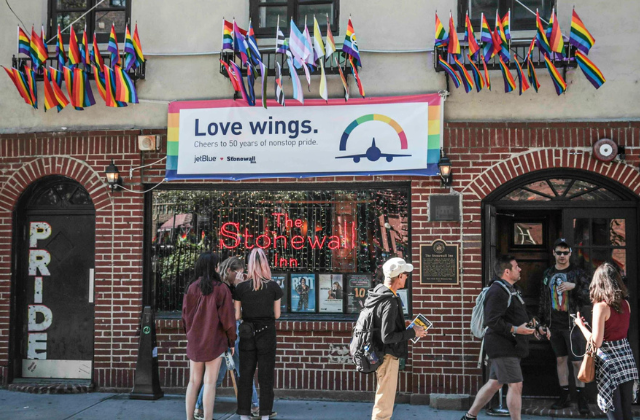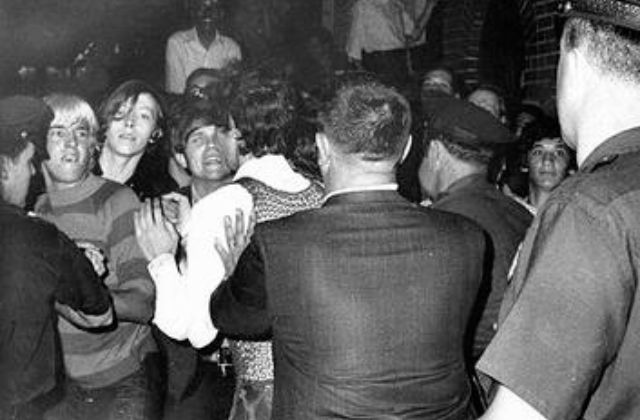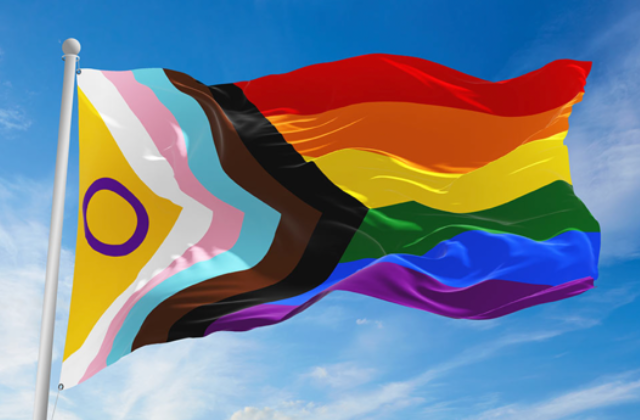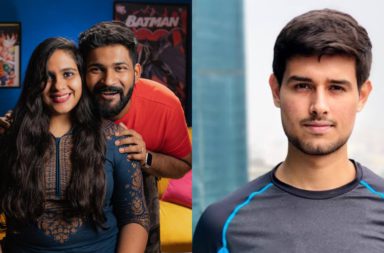ProudlyMe: Embracing self-love & unapologetic authenticity.
Let’s get in some confetti and glitter, please! Tighten your seatbelts as you get ready to experience the thrill of rainbows lighting up the skies and celebrations that make the word “grand” sound smaller than ever. While there is no denying that Pride Month is among the most anticipated celebrations of the year, it is also important to look back at how it all started. Join us as we explore the rich history of the LGBTQ+ community and how to make the most of this joyful and pride-filled event.
What is Pride Month?
Pride Month, which takes place every June, celebrates the self-affirmation, equality, respect, and greater acceptance of lesbian, gay, bisexual, transgender, queer and let’s just say people, no matter what their sexual orientation. The name “Pride” has been given to the month-long celebration to encourage those feelings as the community comes together for the celebration and strengthens LGBTQ+ rights movements.
Here’s How It All Began
Let’s take a step back and rewind the clock to get a glimpse of this pivotal moment in history. Before Pride evolved into the vibrant celebration it is today, it arose from the embers of a protest. On the tragic evening of June 28, 1969, the Stonewall riots at the Stonewall Inn, a bar situated in the Greenwich Village area of Manhattan, New York, commenced. This bar had been a lifeline for the LGBTQ+ community, which was subjected to discrimination and harsh legal punishments merely for being themselves.
The police raid at Stonewall Inn became a historical event amid pervasive homophobia and the illegalisation of same-sex acts, with bars and restaurants facing closure for having gay employees or serving gay customers. Instead of accepting their mistreatment, courageous members of the LGBTQ+ community took a stand, sparking a fierce revolt that marked a new era of resistance.

The Reminder Day Pickets
On the occasion of the one-year mark of the Stonewall Uprising, June 28, 1970, the very first Pride marches were organised in New York, Los Angeles, and Chicago. On this day, thousands of LGBTQ+ community members and allies assembled to pay tribute to Stonewall and advocate for equal rights. Pride traditions were adapted, in particular, from the “Reminder Day Pickets,” which were held annually (1965–1969) on July 4 at Independence Hall in Philadelphia, Pennsylvania.
The Eastern Regional Conference of Homophile Organisations (E.R.C.H.O) organised the Annual Reminder Day Pickets. E.R.C.H.O. which was initially known as E.C.H.O. was founded in the year 1962. Its purpose was to serve as an organisation of east coast homophile groups.
Also Read: Eugene Lee Yang: Queen Of The Runway, King Of Hearts!
How Activists Planned the First Pride

After the 1969 Stonewall Uprising, the organisers of the Annual Reminder Day Picket (Eastern Regional Conference of Homophile Organisations) recommended that they must shift their focus from planning the Reminder Day Picket to organising a yearly Stonewall commemoration demonstration.
The 13 voting organisations present at the November 1969 E.R.C.H.O Conference passed a resolution wherein they proposed that a demonstration must be held every year on the last Saturday in June in New York City to celebrate the 1969 demonstrations on Christopher Street. They also proposed that the demonstration must be called the CHRISTOPHER STREET LIBERATION DAY.
They also proposed to contact homophile organisations all across the country. This was done to suggest that these organisations should hold parallel demonstrations on that day. The organisers proposed this from the very beginning, as they wanted a nationwide show of support.
They established the Christopher Street Liberation Day Umbrella Committee to begin planning. The committee set the goal of holding a massive march at the end of Gay Pride Week (June 22–28). The very first Christopher Street Liberation Day turned out to be a grand success. Thousands of people attended, far exceeding the organisers’ expectations. This is why New York, Los Angeles, and Chicago started preparing for 1971 quickly. Other cities, states, and countries soon followed suit, establishing their own annual Pride traditions.
Since June 1970, members of the LGBTQ+ community and allies have gathered in June to march in support of Pride.

Origin Of the Rainbow Flag
Gilbert Baker, a San Francisco artist, popularised the rainbow flag as a symbol of the gay community in 1978. Colours are frequently associated with “diversity” in the gay community, but they carry symbolic significance as well. Let’s take a look at the meanings behind the colours used in the Rainbow Flag:
- Before being eliminated, hot pink represented sex
- The red colour represents life
- Orange was used to represent healing
- Yellow represents sunlight
- Green was a symbol of nature
- Turquoise showed magic and art
- Indigo (later changed to royal blue) represents serenity
- The violet colour was added to represent the spirit
In addition to this flag, there are several other flags in the LGBTQ+ community, which include the transgender flag, the pansexual flag, and more.
Celebrate the Pride Month in India in 2023
Pride Month is a time for everyone to take pride in who they are and show the rest of the world. The rainbow perfectly represents the month-long celebration’s colourful activities and flavours. These consist of massive rallies, pride parades, concerts, parties, workshops, and a plethora of other LGBTQ+ events that draw people from across the globe. The Pride community takes great pride in their movement, dressing up in extravagant clothing, makeup, and, of course, glitter! After all, it is time for them to shine bright enough to show the entire world their unique sparkle.
Members of the community who passed away as a result of hate crimes or HIV/AIDS are additionally remembered and memorialised. Campaigns and rallies aim to highlight and preserve the LGBTQ+ community’s history and well-being. Below are some of the events that are held in the country, if you wish to join in and celebrate:
- The KASHISH Mumbai International Queer Film Festival will be held from June 7 to June 11, which will be followed by an online festival, the dates for which are yet to be announced. The theme for KASHISH 2023 is “Be fluid, be you!”
- The LGBT Pride Summit in Mumbai will be held on June 21, 2023, from 9 a.m. to 6 p.m. at Mumbai’s ITC Maratha. It will put the spotlight on the industry’s top professionals to talk about why diversity is important and why it is the top priority for an organisation’s development.
- Queer Made Weekend: A Pride-worthy Delhi Celebration, organised by Tinder India and Gaysi Family, will take place from June 17–18 at DLF Promenade in Delhi. At an exclusive location for all things queer-made, one is welcome to mingle with, peruse, and buy from queer entrepreneurs or small business owners!
- If you are in Pune, get ready to experience the true celebration of Pride at Pridesio Bazaar. From flea markets to the opening at the F. C. Road Social in Pune on June 3rd at 11 a.m., it is going to be a vibe you can’t get enough of! Enjoy a day of shopping, music, and celebration with outstanding performances by some of the finest queer artists around.
These are some of the Pride events on our radar; how’s your city celebrating this grand event? Tell us in the comment section below and spread the word!
We hope you enjoyed reading this as much as we enjoyed writing this. Stay tuned as we have some exciting stories coming up as a part of our series – ProudlyMe.


